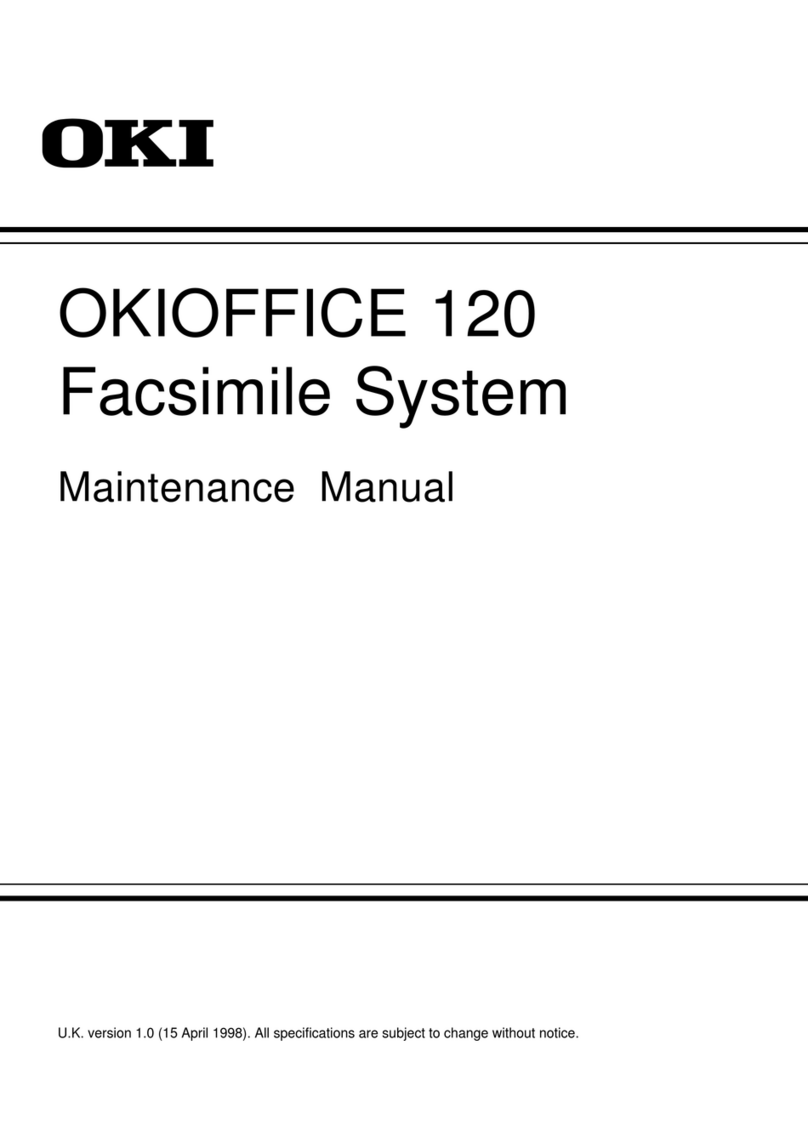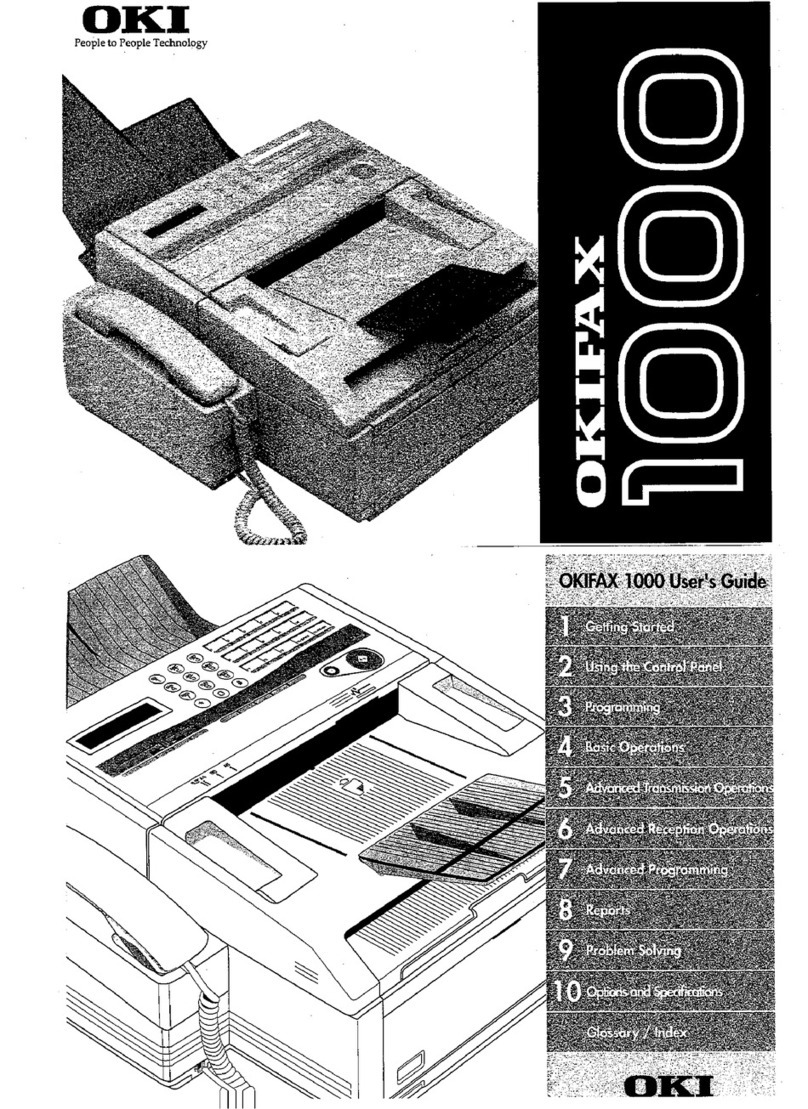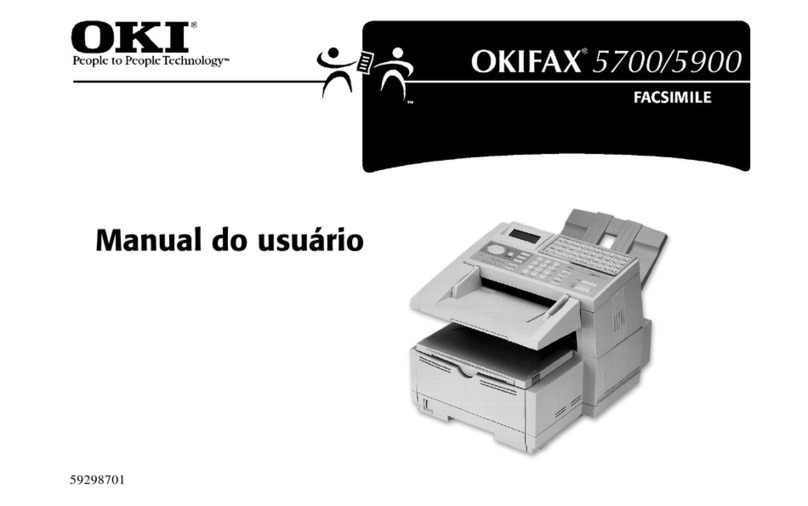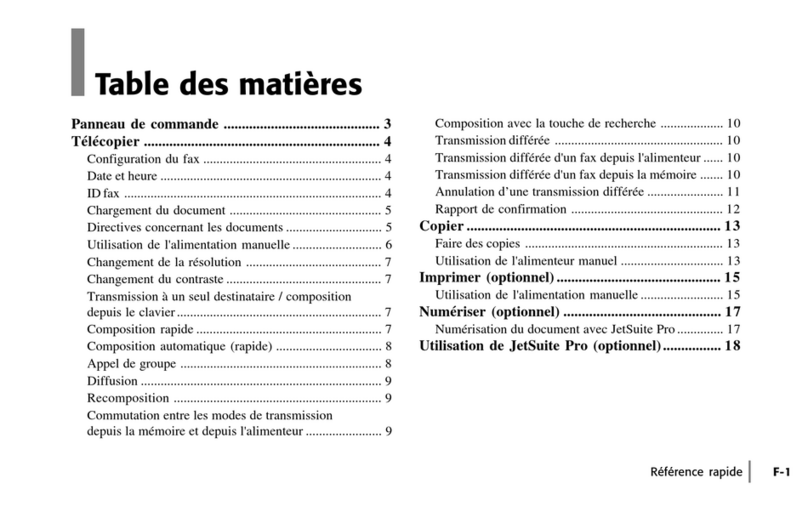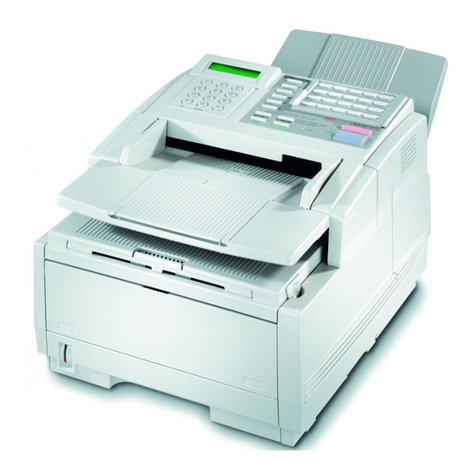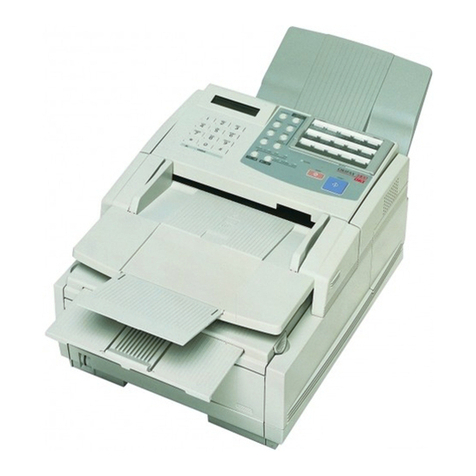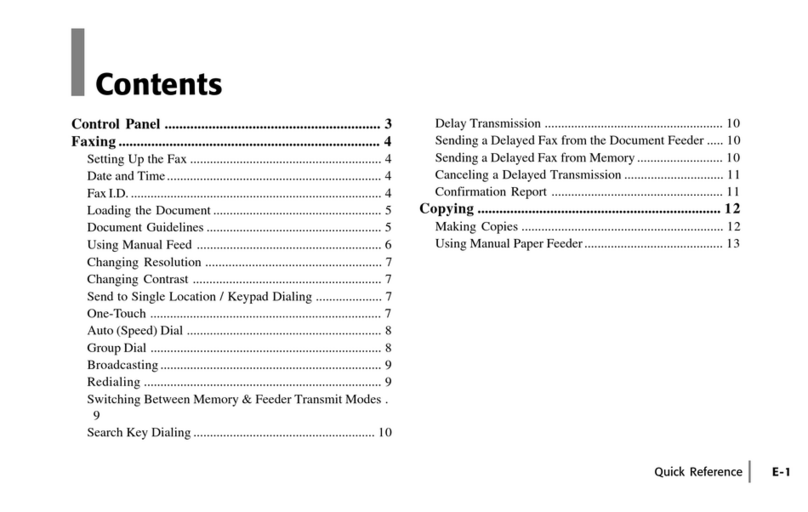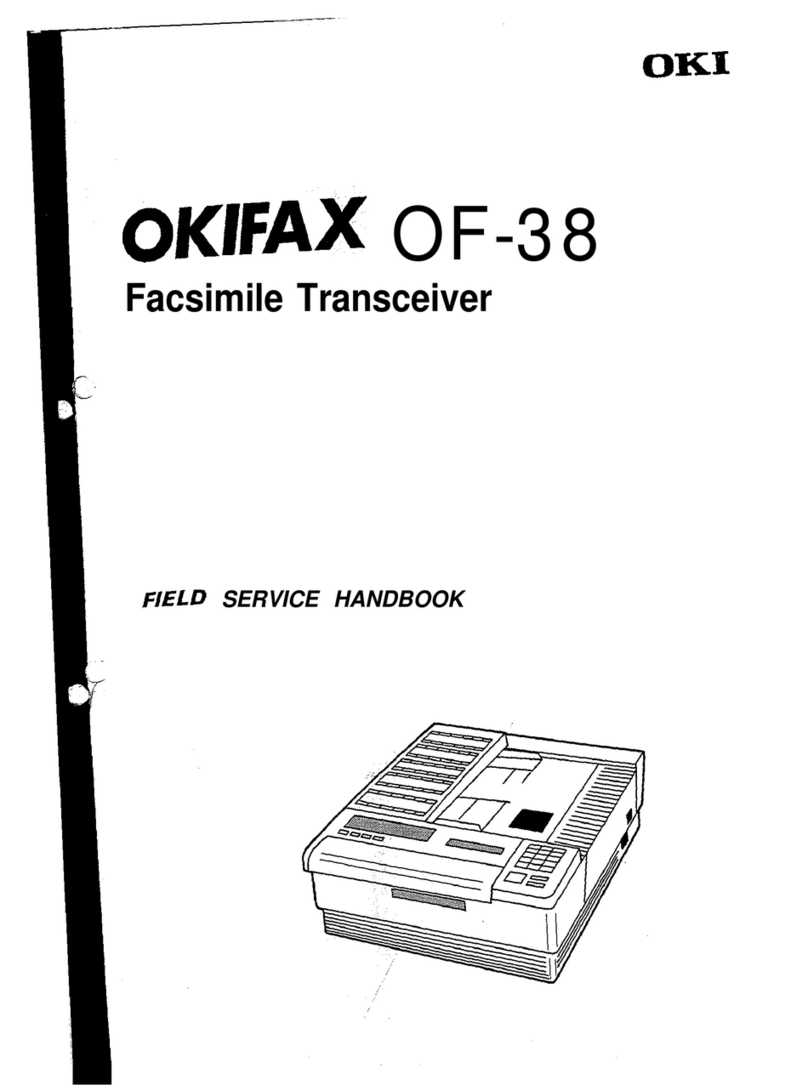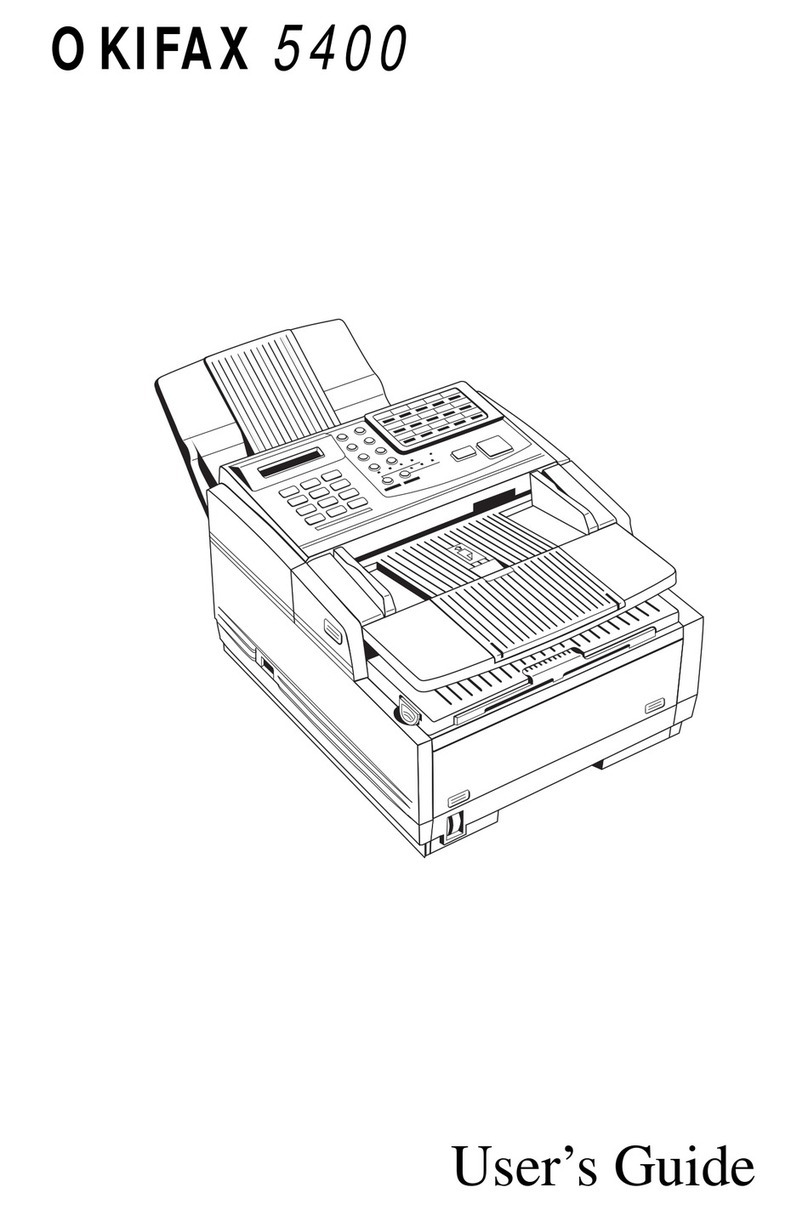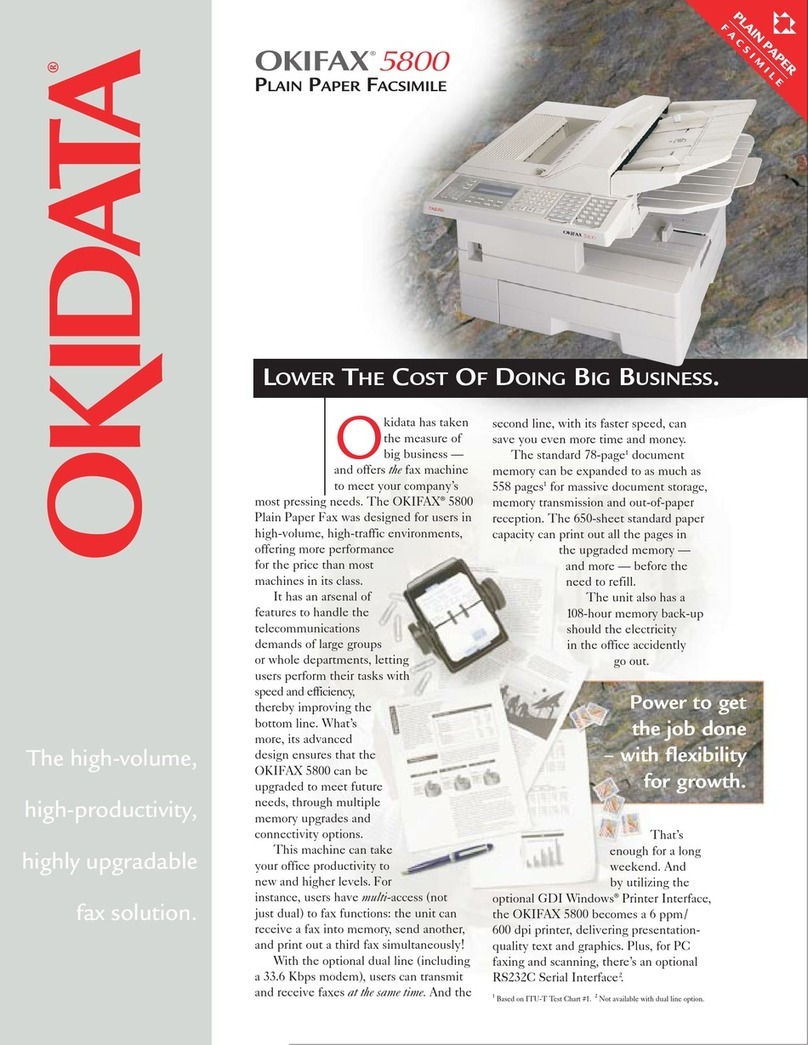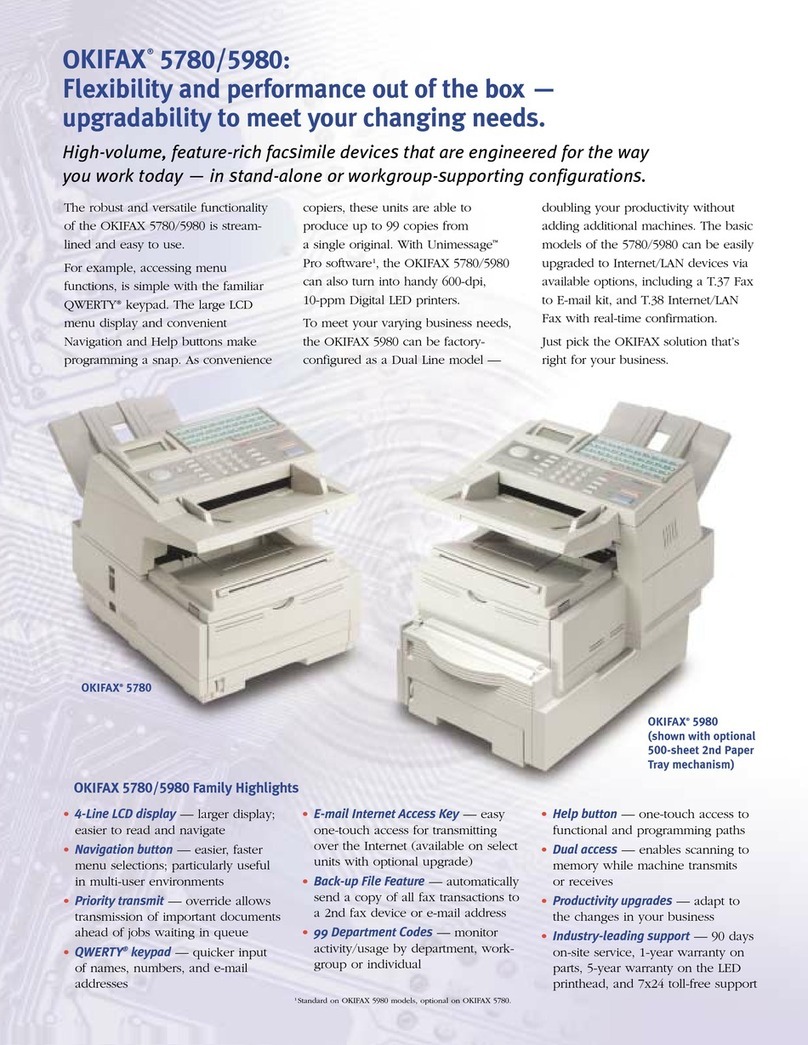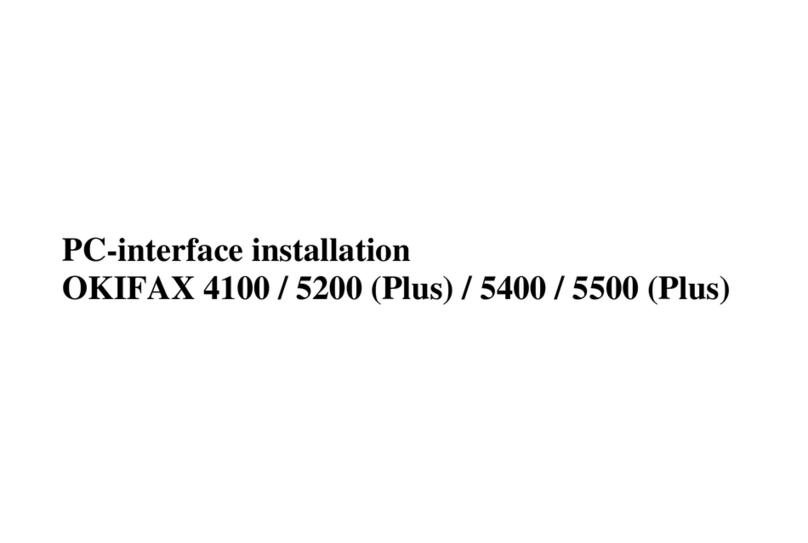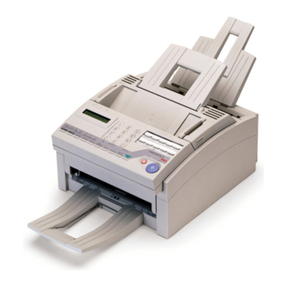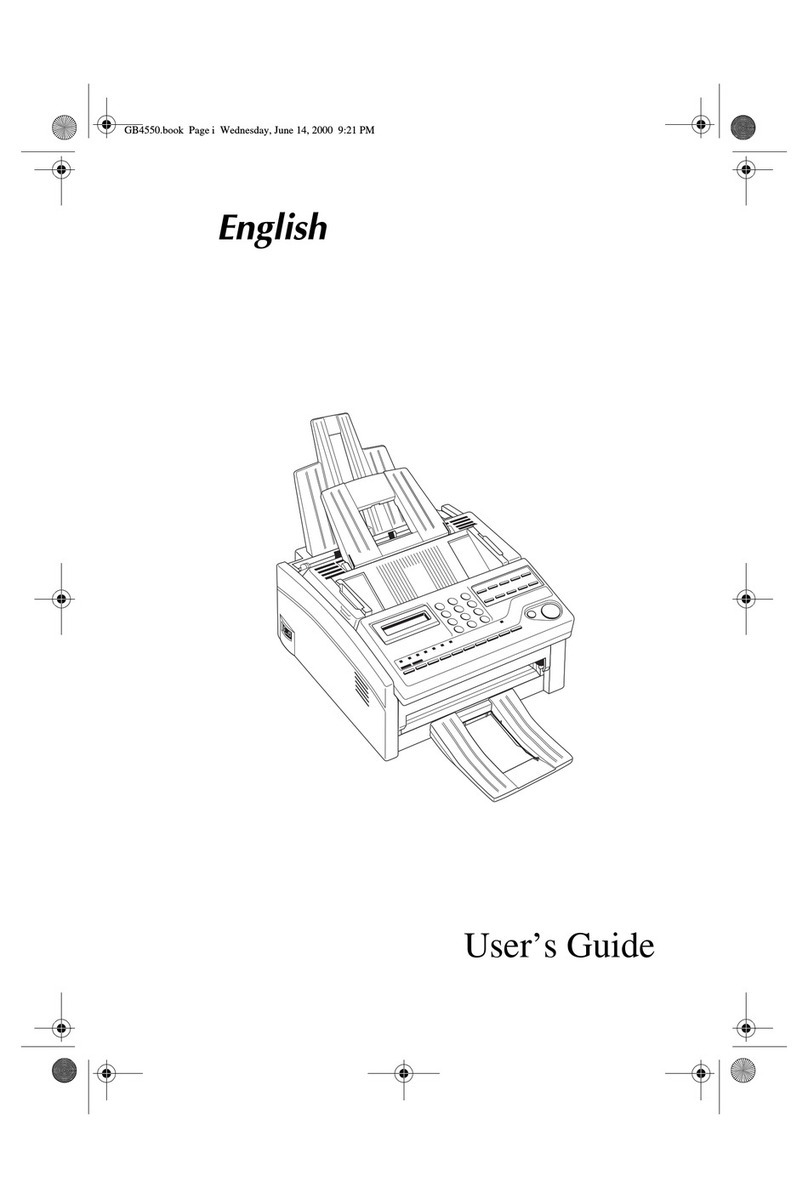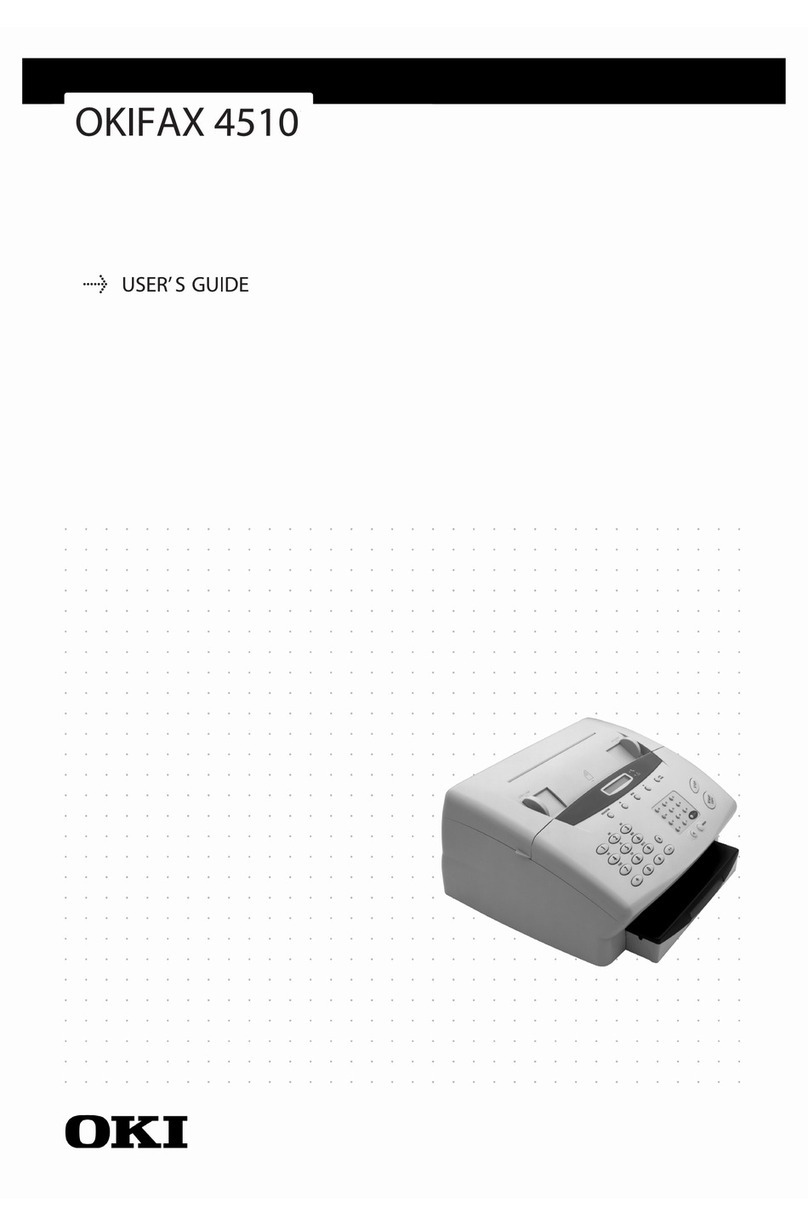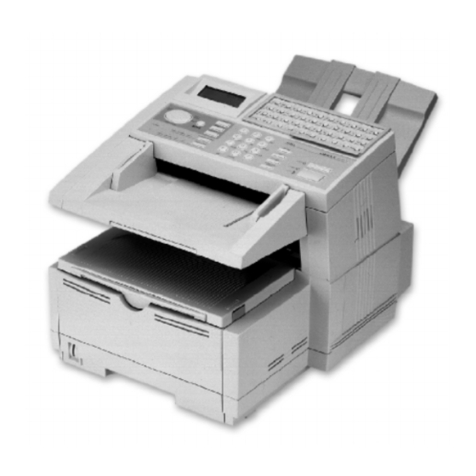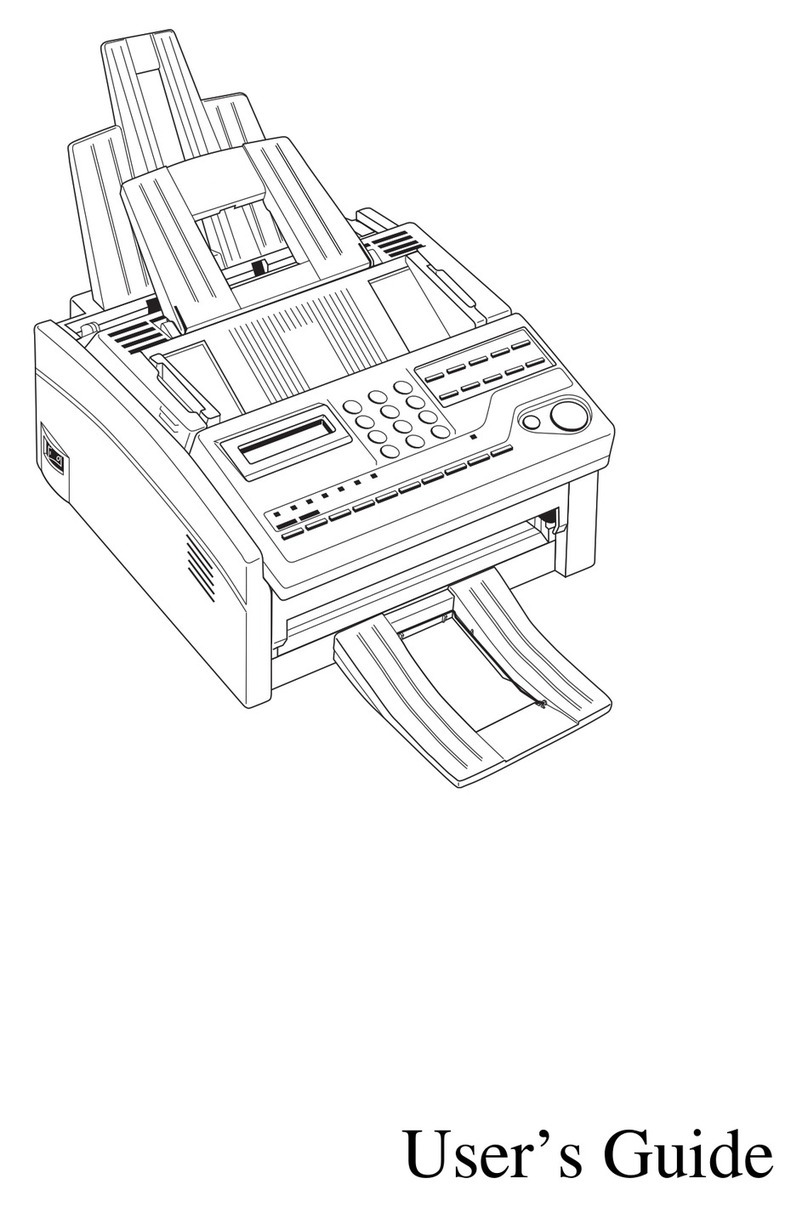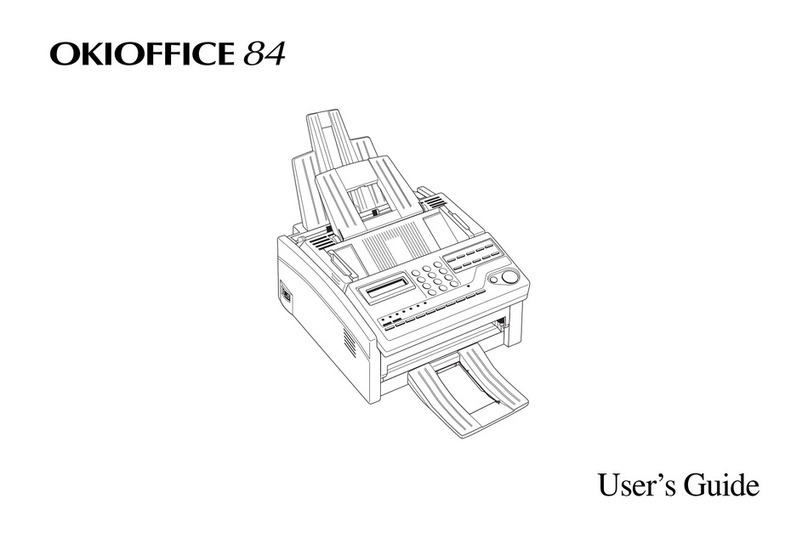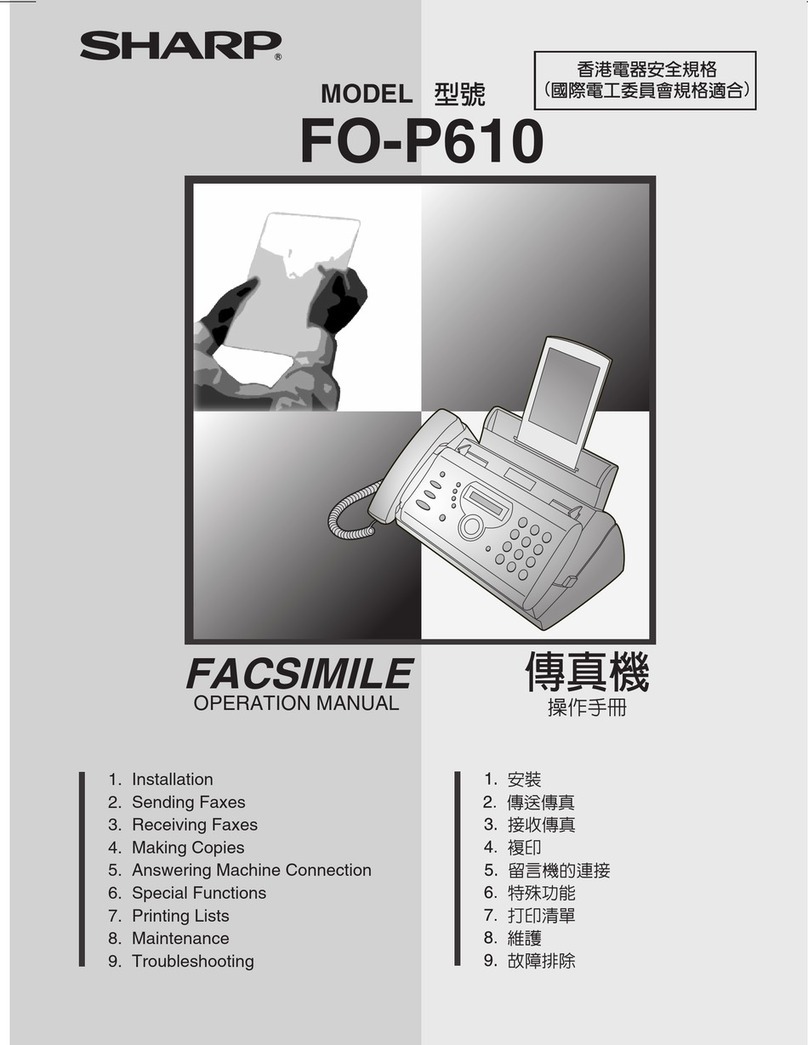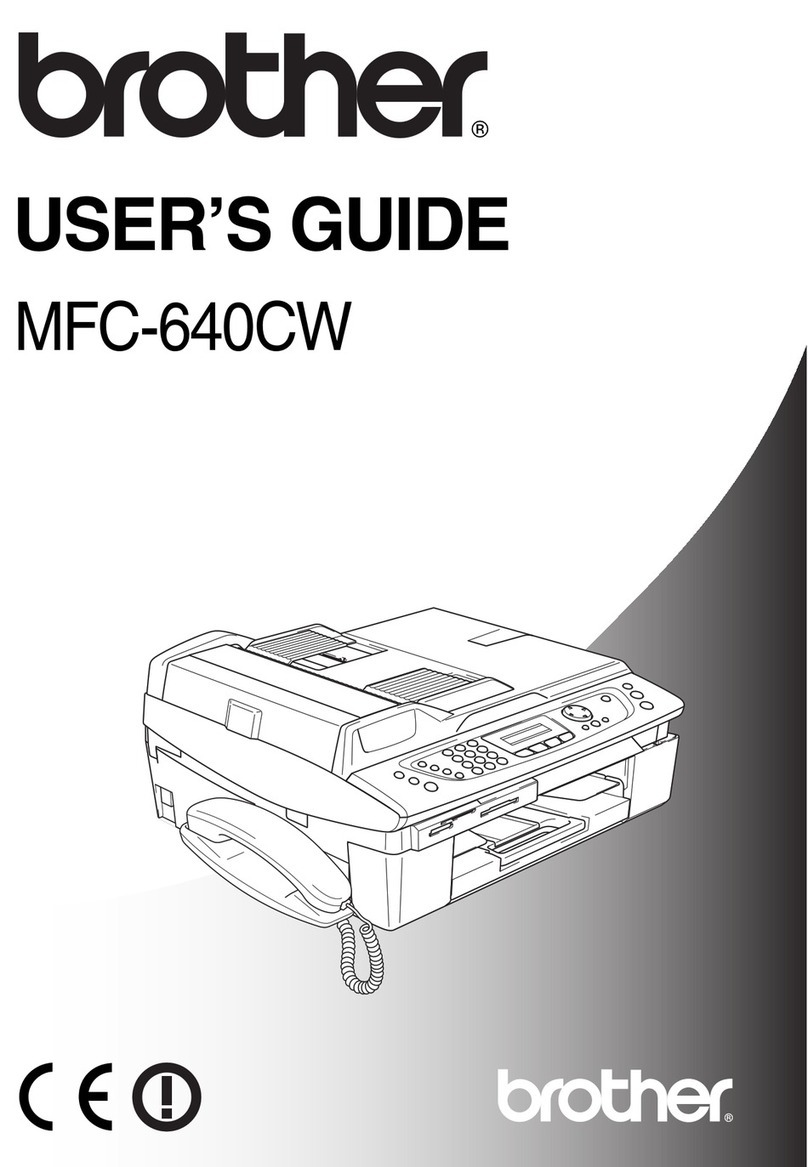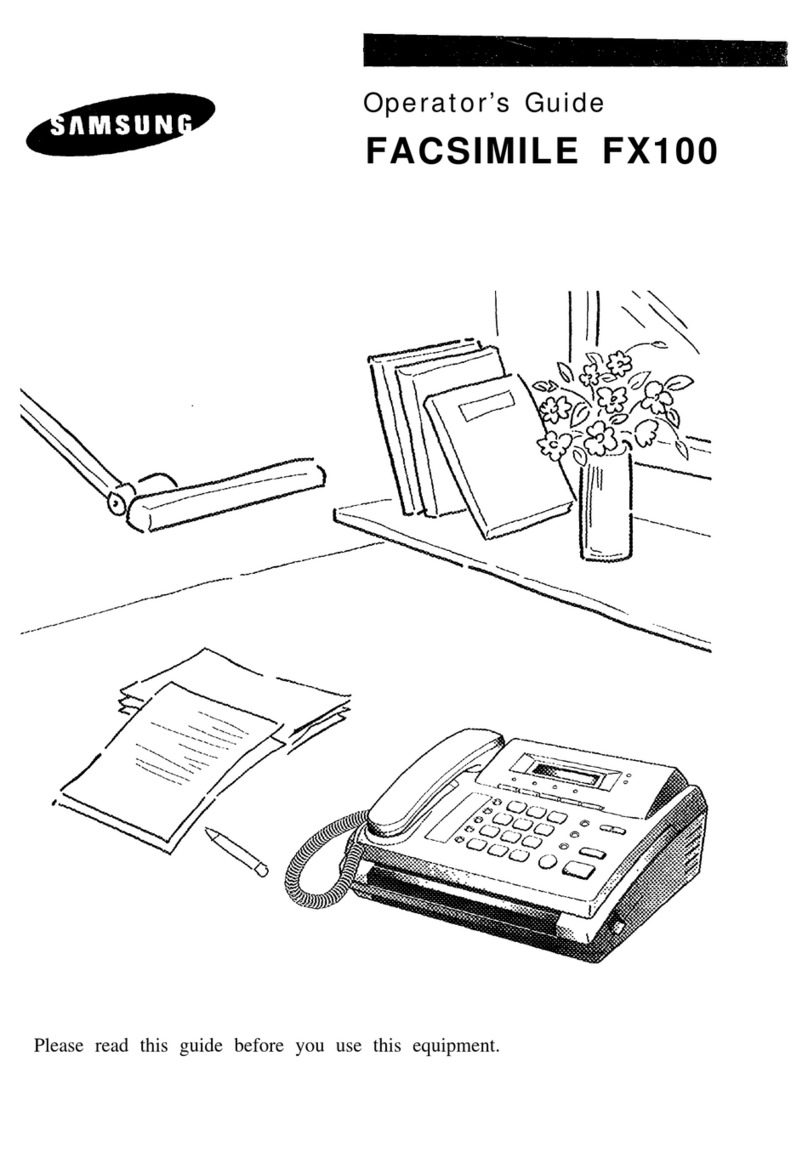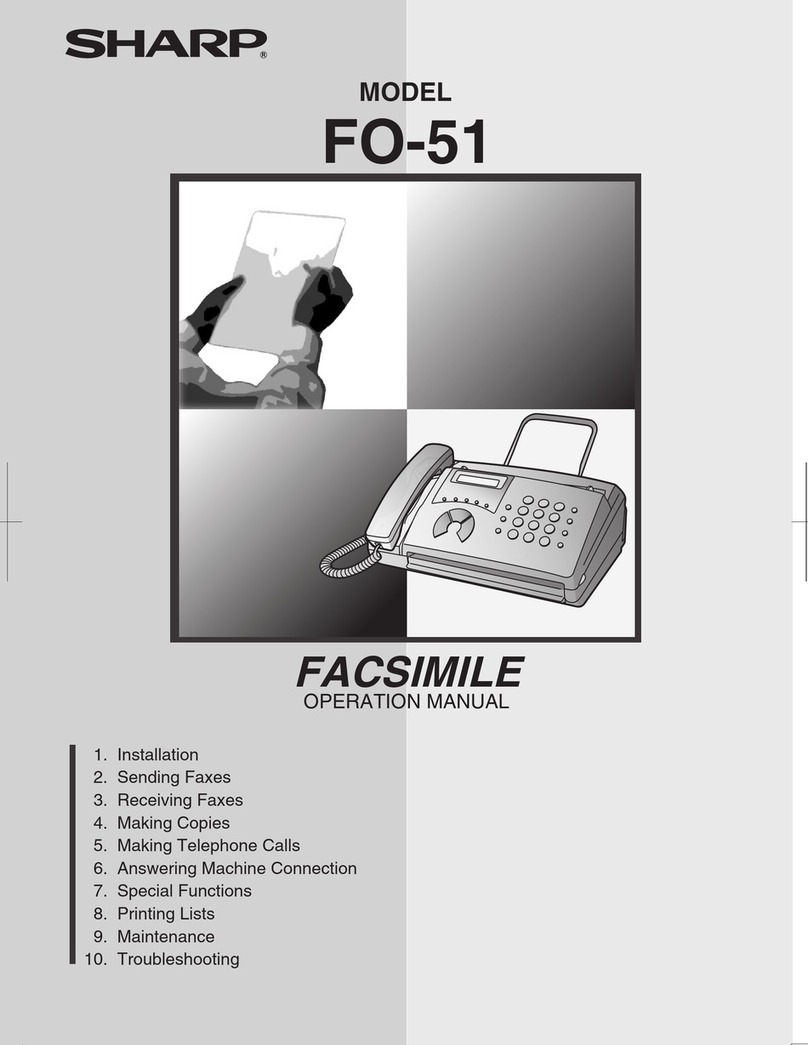
Table of Contents Page
........2.9.2.2.10 LED Headstrobe 99
........Service Personnel Initial Settings Table 2.9.2.3 (1/11) 100
........Service Personnel Initial Settings Table 2.9.2.3 (2/11) 101
........Service Personnel Initial Settings Table 2.9.2.3 (3/11) 102
........Service Personnel Initial Settings Table 2.9.2.3 (4/11) 103
........Service Personnel Initial Settings Table 2.9.2.3 (5/11) 104
........Service Personnel Initial Settings Table 2.9.2.3 (6/11) 105
........Service Personnel Initial Settings Table 2.9.2.3 (7/11) 106
........Service Personnel Initial Settings Table 2.9.2.3 (8/11) 107
........Service Personnel Initial Settings Table 2.9.2.3 (9/11) 108
........Service Personnel Initial Settings Table 2.9.2.3 (10/11) 109
........Service Personnel Initial Settings Table 2.9.2.3 (11/11) 110
........2.9.2.4 TEL/FAX Automatic Switching 111
........2.9.2.5 TAD mode 112
........2.9.2.6 Outline of Parallel Pickup 113
....2.9.3 User's Functions 114
....2.9.4 Location Program 115
........2.9.4.1 Select Menu is shown as below: 116
........2.9.4.1 Location Program (1/2) 117
........2.9.4.1 Location Program (2/2) 118
....2.9.5 Setup 119
........2.9.5.1 Clock Adjustment 120
........2.9.5.2 ID/Password Programming 121
............2.9.5.2.1 TSI/CSI 122
............2.9.5.2.2 Sender ID 123
........2.9.5.3 Machine Settings: 124
............2.9.5.3.1 Auto Answer Mode 125
............2.9.5.3.2 TX Mode Default 126
........2.9.5.4 Dial Options 127
........2.9.5.4 Dial Options Table 128
............2.9.5.4.1 Redial Tries 129
............2.9.5.4.2 Redial Interval 130
............2.9.5.4.3 Dial Prefix 131
........2.9.5.5 Incoming Options 132
............Table 2.9.5.5 Incoming Options 133
............2.9.5.5.1 CNG Count 134
........2.9.5.6 Report Options: 135
............2.9.5.5.2 Distinctive Ring 136
........2.9.5.7 LAN Options: 137
............2.9.5.7 Table 138
............2.9.5.7.1 IP Address 139
............2.9.5.7.2 Subnet Mask 140
............2.9.5.7.3 Default Gateway 141
....2.9.6 User Default Setting 142
....2.9.7 Technical Default Setting 143
....2.9.8 Default Setting of Dial Parameters 144
....2.9.9 Off-line tests 145
........2.9.9.1 Self Diagnosis Flow 146
........Self Diagnosis Report 147
....2.9.10 On-line Tests 148
........2.9.10.1 Typical Transmission Flow Diagram 149
